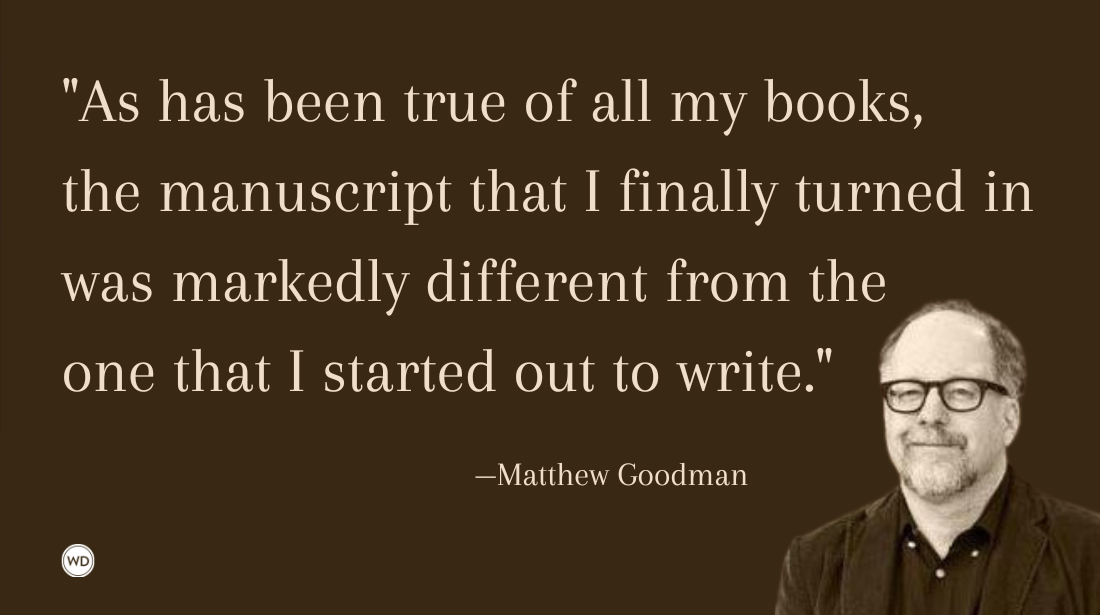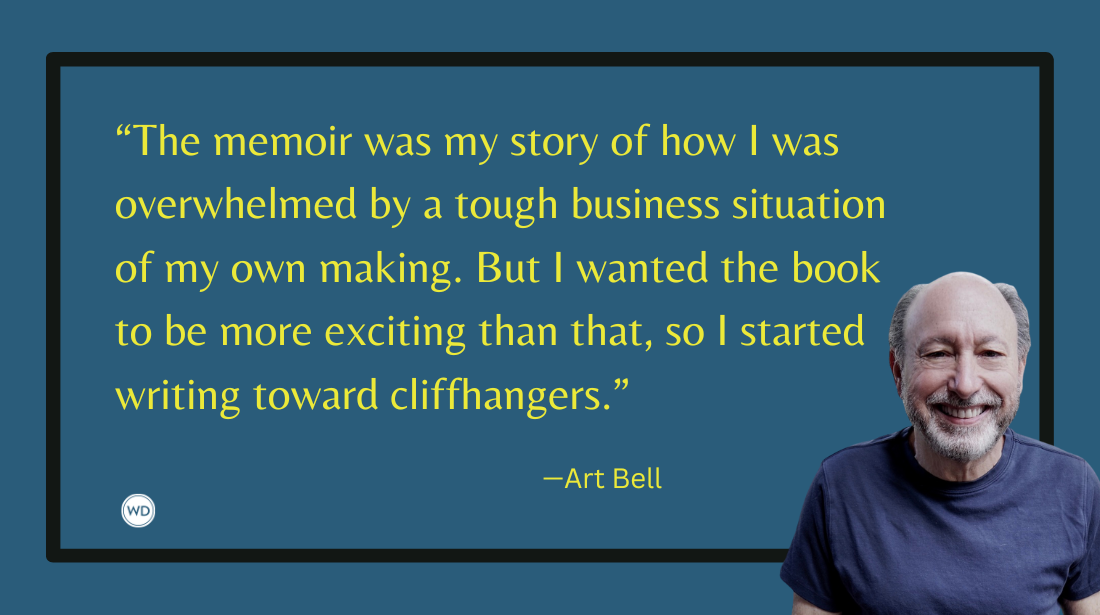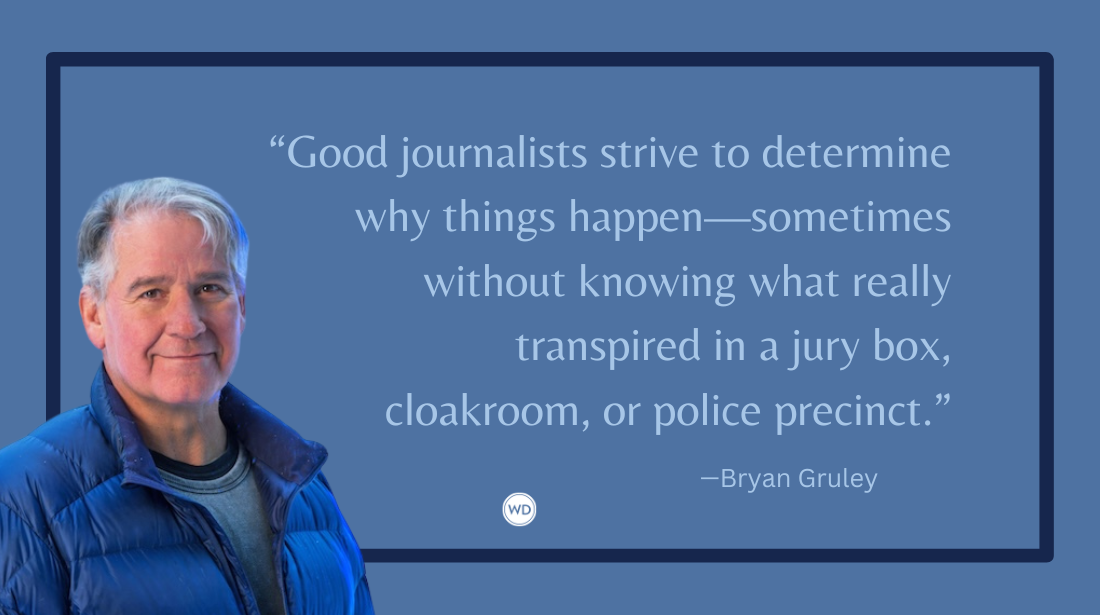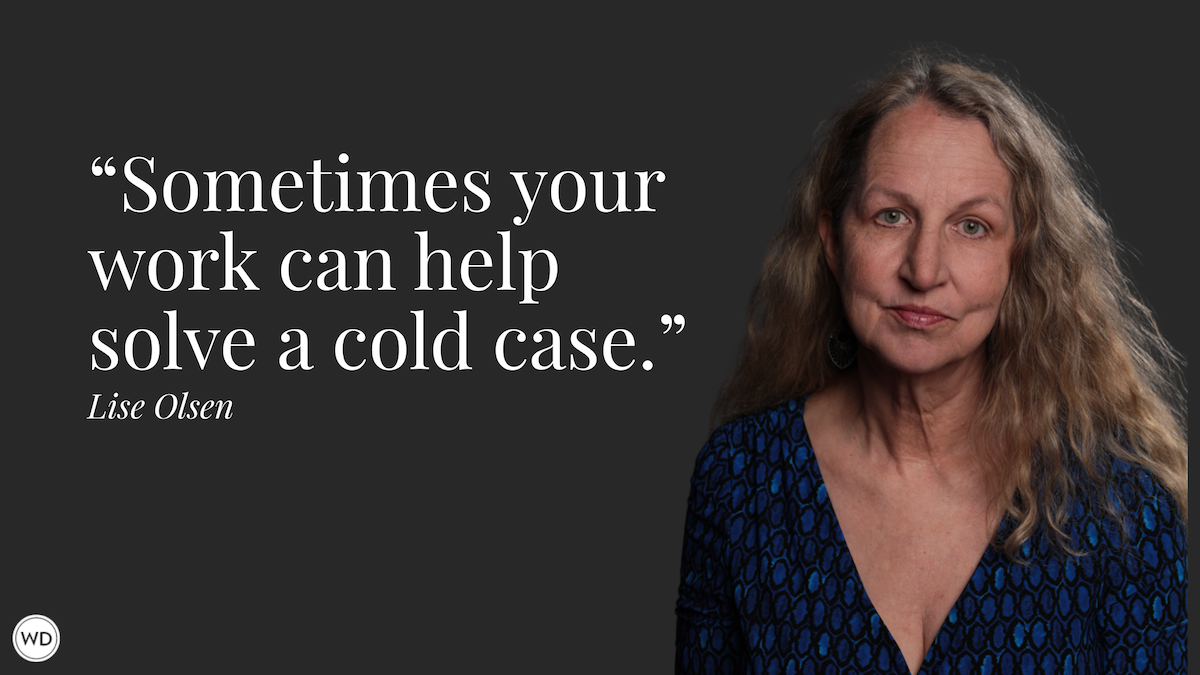The Differences in Writing a Memoir vs. a Novel
Where fiction writing is about concealing emotional truth for interpretation, memoir is about exposing it for what it is. Writer Jenna Blum discusses the differences she experienced in writing a memoir vs. a novel.
I never wanted to write a memoir—or as my friend Jane and I called it, a memwah. Our ZsaZsa Gabor pronunciation signified unease that writing about yourself signaled narcissism, pretension—but that wasn’t why I didn’t want to write one. The truth was, I was afraid.
I’d always written fiction. When I was four, I wrote stories while listening to my journalist dad’s typewriter. At 16, I won Seventeen’s fiction contest. In graduate school, I wrote a novella; at 30, I published my first book. It made sense to me to stepladder from short story to novella to novel, and I never swerved out of lane. Writing fiction was an apprenticeship to a discipline that would never be mastered. Why would I test-drive another genre?
I did read memoir—for the same reason I read fiction, to experience life in someone else’s skin, and more: to learn. When a beloved was diagnosed bipolar, I read Kay Redfield Jameson’s An Unquiet Mind. When I loved an alcoholic, I read Augustin Burrough’s Dry, Caroline Knapp’s Lit. When my mom had breast cancer, I reread Cheryl Strayed’s Wild; when she passed, Joan Didon’s The Year of Magical Thinking. Each memoir was a torch a writer held on a rocky path ahead, guiding me through. It was another reason I didn’t want to write one: I didn’t feel qualified. Who was I to tell anyone about life?
And then: Woodrow.
Woodrow was my 15-year-old black Lab. I’d had him since he was eight weeks old, a tiny sack of black fur. While I’d married, divorced, taught, published, and moved, Woodrow stayed. He was, as Auden said, “my North, my South, my East, my West/ my workday week, my Sunday rest.” My structure, companion, daily joy.
Right after my mom passed, Woodrow was diagnosed with congestive heart failure. Quoting Anna Quindlen’s memoir Good Dog, Stay, “If the nose and tail work, the dog is happy,” I vowed to keep Woodrow with me as long as he still enjoyed life. So although he wasn’t mobile—like many old Labs, he had trouble with his back legs—I carried him morning and night, an 85-pound log in a harness, to the bench across the street from our Boston apartment. There we sat. And sat. And sat.
And something extraordinary happened: a community grew up around us. First neighbors, dog parents bringing us coffee and Milkbones. Then strangers laser-beamed in by Woodrow’s elegant cross-paws and tuxedo collar—not for nothing was his nickname “the George Clooney of Labs.” A farm couple celebrated their 57th anniversary on the bench. A California father and daughter found us from Woodrow’s Facebook posts. An Italian woman who sat in the dirt with Woodrow and cried, “He has such a beautiful soul,” as Woodrow propped his snout on her leg. He always did love the ladies.
Maybe I could rewrite a memoir. It’d be my best way to honor my old boy. It was something I knew: how to care for an old dog. It might help others with their beloved pets’ final chapters. And it was an ode to civility in an age of hatred: the power an old dog had to unite us all.
After Woodrow passed on his bed at home, I wrote Woodrow on the Bench. I wrote it as I did fiction: made an outline, subdivided into scenes, mapped them to my calendar. Woodrow has seven chapters, one for each month Woodrow had heart failure, each featuring its own moral. I pitched it to my agent as Tuesdays With Morrie but with all the lessons coming from a very elegant old black Lab.
It seemed easier than writing fiction. Despite the emotional cost—the last chapter made me cry so hard I wasn’t sure I could finish—all I had to do was write what had happened.
So I thought.
IndieBound | Bookshop | Amazon
[WD uses affiliate links.]
One day I described the lessons to my writer friends Mark and Jenna when Mark said, “JB, hold up. 'You Are Not Invisible'? What’s that chapter about?”
I told him: when I’d first divorced, living and working alone, I’d literally felt invisible. There’d been a bad month with Woodrow, too, when I’d been on the bench with him and thought: How did I get here, alone again?
Mark’s eyes gleamed. “And how did you? Looking at you, everyone sees a successful writer with a million friends. Why were you alone on a bench?”
“Because I got divorced and chose not to have a family to write. But the book isn’t about that. It’s about my dog.”
“Mmmmhmmmm,” said Mark. “Except that is the book, JB.”
He was right. My memoir needed underpants. Writing fiction is sleight of hand, transposing real experience into imaginary scenarios. The worst thing you could say in a workshop was, “We can see your hand at work.” But memoir is revelation. If writing fiction is hiding your emotional truth, memoir is stripping to reveal it, saying, “LOOKIE, reader, underpants! And not my date-night Victoria’s Secret boy shorts, the stretched-out bikinis with holes. Yeah, I wear them too! Don’t we all feel better?”
After a life of literary disguise, I lifted my hem to show my vulnerabilities, inadequacies, sorrows, and fears. It’s uncomfortable and exhilarating, and I have no idea what readers will say when they read Woodrow on the Bench. I hope that they feel, as I learned to do while writing it, less alone.
Jenna Blum is the New York Times and # 1 internationally bestselling author of novels Those Who Save Us, The Stormchasers, and The Lost Family. She was voted one of Oprah readers’ Top 30 Women Writers and is the CEO/co-founder of literary social media marketing company A Mighty Blaze. Jenna is based in Boston, where she has taught workshops at Grub Street Writers for over 20 years and lives across from Woodrow’s bench. For more about Jenna, please visit www.jennablum.com and follow her—and Woodrow—on Facebook, Twitter, and Instagram.








